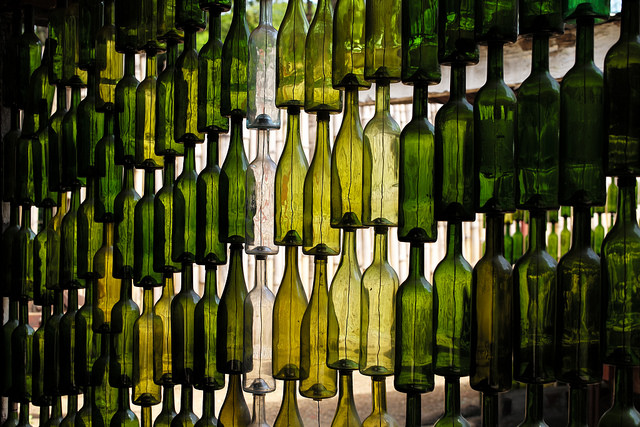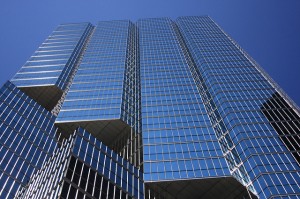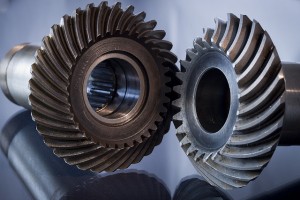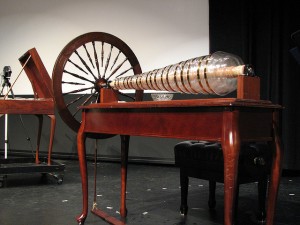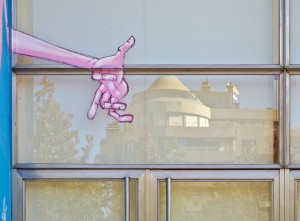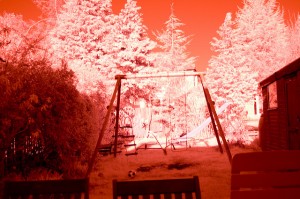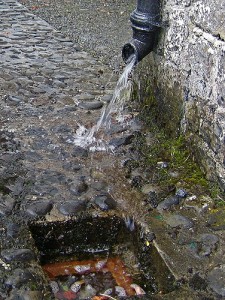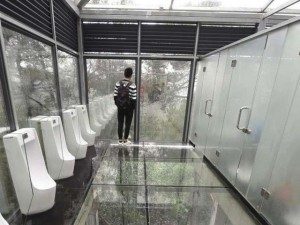Glass recyclers offer new insight
The science behind glass recycling isn’t a problem, but there aren’t many good answers to the economic questions about glass. What’s the best way to recycle glass? How much is recycled glass worth? What’s the best way to sort glass? What’s the best way to transport glass? Who’s going to buy recycled glass? If no one’s going to buy it, what else can glass be used for?
Many curbside recycling programs have eliminated or limit their glass acceptance, primarily because they can’t find markets for the collected glass. Glass needs to be sorted according to color, so for food containers that means separating and storing green, brown and clear glass. In addition, container glass is different than tempered glass, so those types of glass need to be kept separate.
Glass breaks, and handling broken glass is just as dangerous for the workers at the local materials recovery facility (MRF) as it is for the average homeowner. Glass usually isn’t pulverized until it reaches the recycler, which creates transportation and storage problems for the material collectors. It’s no wonder that a number of cities have stopped recycling glass.
A new Wisconsin study shows that it’s still “worth it” to recycle glass. Having said that, much of the savings is realized by the recycler while many of the problems are realized by the handlers. Because demand is so low for container glass right now, the returns on recycled glass are negligible.
Adding to the debate is a complex patchwork of laws related to recycling. Wisconsin, for example, prohibits container glass from being landfilled. That means municipalities and waste handlers need to separate glass from trash, even when there’s nowhere to put it and no one wants to buy it.
Recently, the Associated Recyclers of Wisconsin issued a report that examined the issue of glass recycling and attempted to find ways to make glass recycling easier and more profitable for everyone involved. The ARW report suggests that recyclers invest in new equipment designed to help sort and clean recyclable glass, under the assumption that clean glass is more attractive to potential purchasers than contaminated glass is. In addition, the report suggests that recyclers should create and adopt a standard for glass that it must meet when it leaves the MRF. The report also suggests exploring different re-use markets for container glass, including road construction, landfill cover and construction materials.
Glassprimer™ glass paint is a specialized glass coating that bonds permanently to glass surfaces. GlassPrimer also makes a glass surface molecular activator that is designed to work with UV-inkjet glass printing processes. For more information about Glassprimer™ glass paint, please visit the rest of our site. If you’d like to purchase Glassprimer™ glass paint, please visit our online store .
Photo Credit: Roman Boed , via Flickr.com

